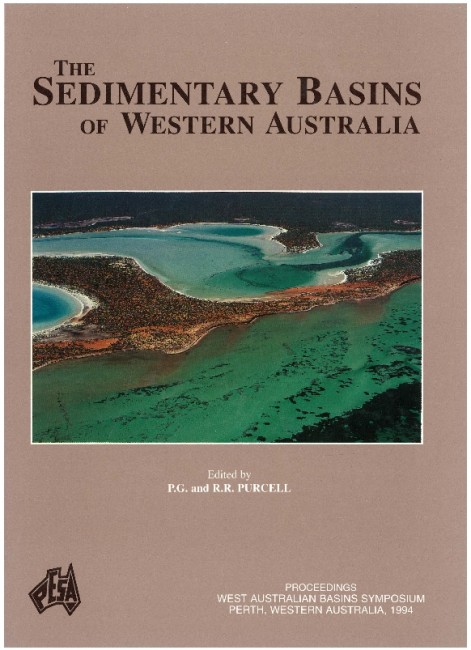Publication Name: The Sedimentary Basins of WA
Authors: E.P. Woods
Publication Volume: 1
Date Published: July 1994
Number of Pages: 27
Reference Type: Book Section
Abstract:
Recent seismic data, in conjunction with wells drilled in basinal settings, has re-established unconformity relationships within the Jurassic section of the Vulcan Sub- basin. The Callovian Unconformity marks the onsetof basin-wide subsidence and structuring. The Kimmeridgian Unconformity is, in most places, a strong erosional event, often with marked angularity of the subcropping faulted terrane.
A revision has been recently made for the age of oldest oceanic crust and suggests that the Jurassic structuring
phase in the Vulcan Sub-basin occurred at, or immediately after, the time of continental breakup to the west.
A mechanism is proposed whereby a deep salt layer acts as a detachment surface for deformation of the
overlying sediments. This occurs in reaction to continental breakup and results in rapid subsidence along
with intense faulting. Structural styles within the Vulcan Sub-basin are similar to those of sandbox models which
simulate the extension of sediments over a salt layer.
The salt-related detachment model explains the nature of the deep grabens at Swan and Paqualin and also the
occurrence of salt diapirs within those grabens.
A fault regime began developing in the Late Miocene, with mainly extensional movement, in response to the collision of the Australian Plate with the Eurasian Plate. Downward loading of the Australian margin occurred along with the imbricate thrusting of Timor Island from the collision, and the Timor Trough developed as a foredeep. This triggered renewed slippage on the deep salt detachment layer to form the faulted terrane.


